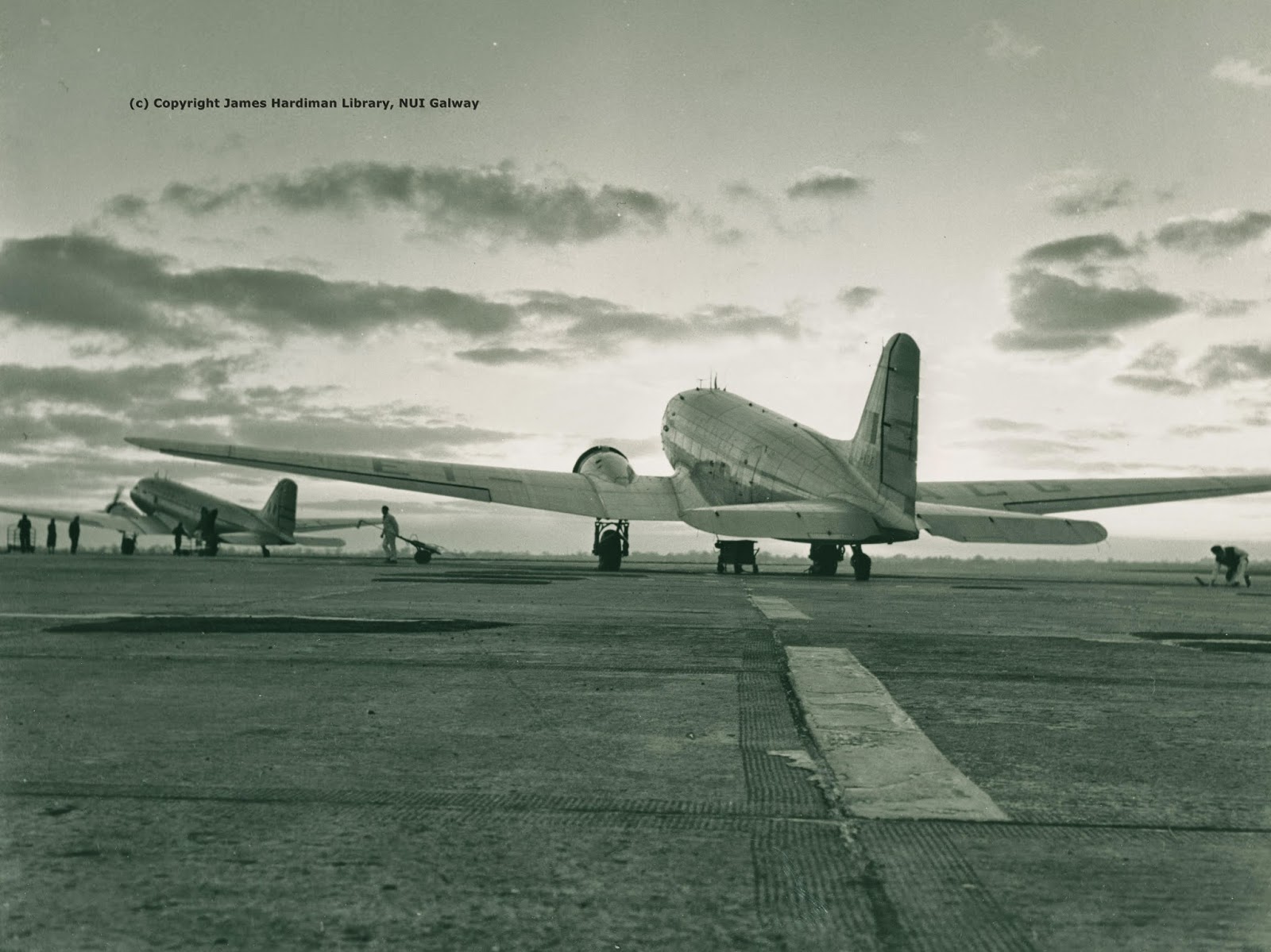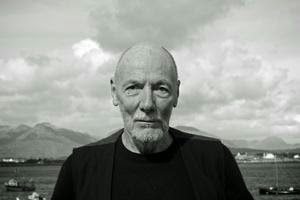One of the recent television highlights was the wonderful documentary, "Man on the Bridge" - the story of Arthur Fields, the street photographer in Dublin who was known simply as 'the man on the bridge'.
Over a career spanning five decades, Fields took hundreds of thousands of photographs on the streets on Dublin, but strikingly, no negatives survive. The
'Man on Bridge' project sets out to gather those images from people all over Ireland and abroad who may have a photograph of a parent or grandparent on their wall that was taken by Fields.
Within the Shields family archive here at the Hardiman Library, there is a photograph taken by an unknown (or at least unidentified) street photographer, of Arthur Shields, Lennox Robinson and Sean O'Casey. The three are walking down a city street; Shields is to the front and left with Robinson and O'Casey to the right respectively. Robinson is smoking a cigarette and O'Casey, seemingly in conversation with Robinson, is also holding a cigarette.
 |
| T13/B/338: Arthur Shields, Lennox Robinson, Sean O'Casey, Summer 1935 |
The reverse of the photo simply reads, "Summer 1935, Boss, Lennox Robinson, Sean O'Casey". 'Boss' was the nickname for Arthur Shields.
The question remains:
Is this photograph taken in Dublin? if so, is Arthur Fields the photographer?
If so, it is surely one of the most literary and theatrical of Fields' images, with three Irish theatre greats in the image.
If anyone may be able to shed some light and information on this image it would be wonderful to hear.
An online exhibition from the Arthur Shields/Shields family archive, Hardiman Library, NUI Galway,
is available here.
You can watch the 'Man on the Bridge'
documentary online here.









